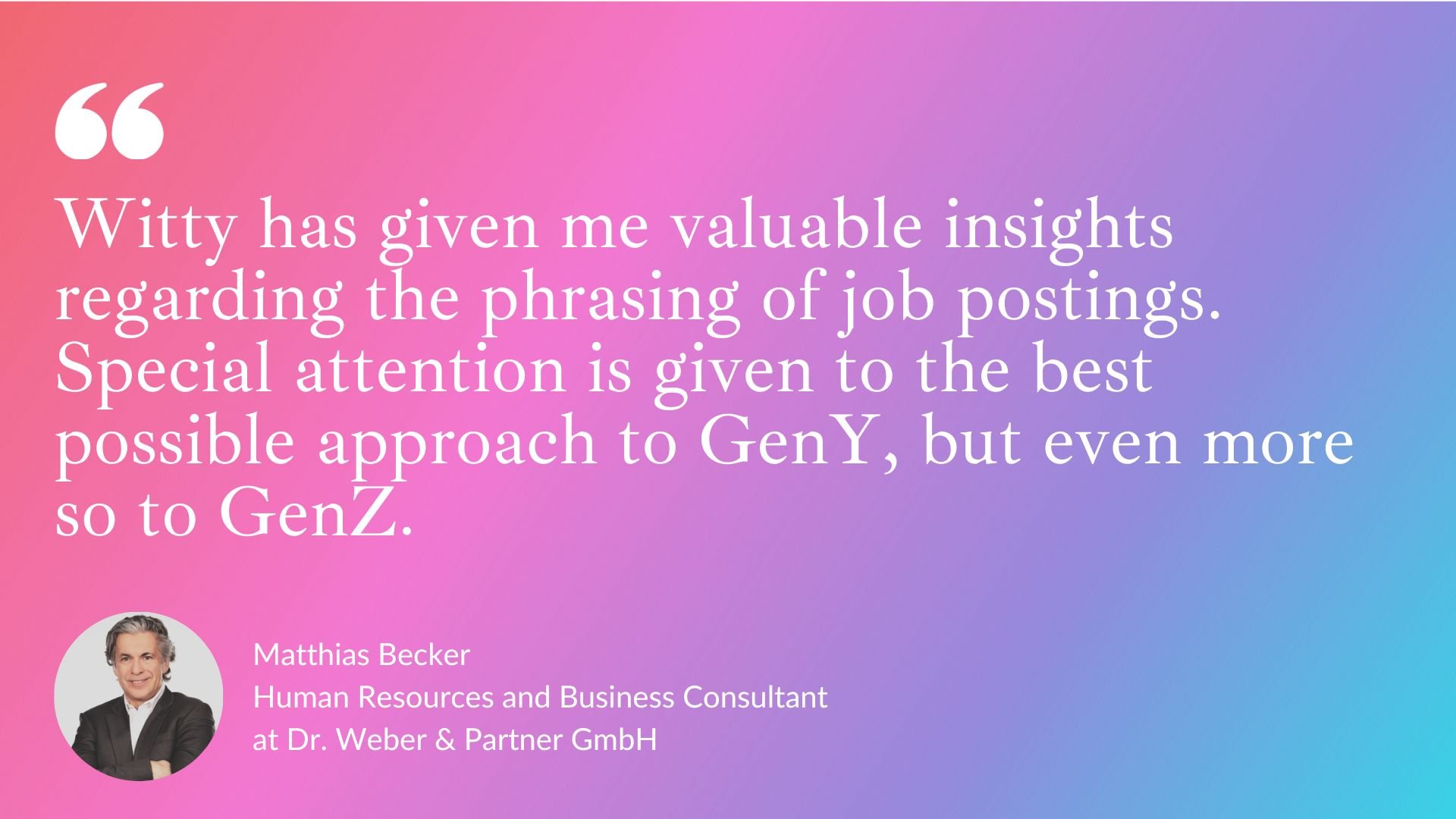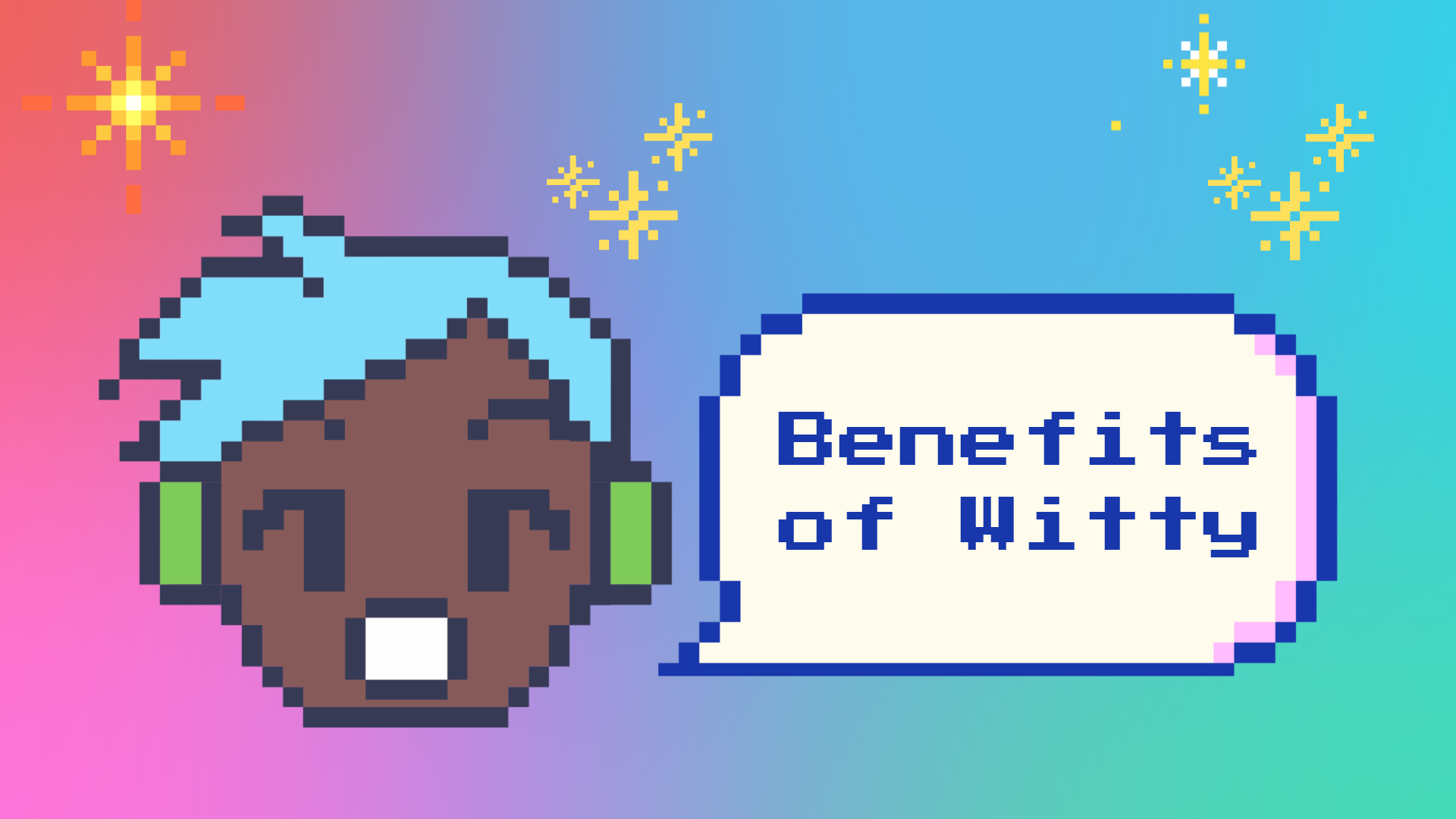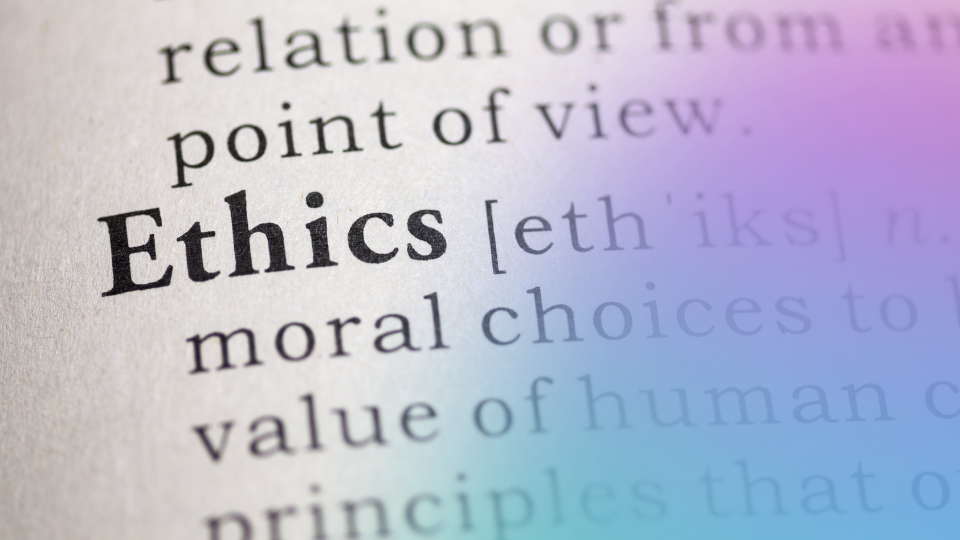In today's rapidly digitizing world, technological innovations are consistently pushing the boundaries of what's possible. Large Language Models (LLMs) like ChatGPT have emerged as breakthrough tools in the domain of natural language processing, offering unprecedented levels of efficiency and productivity. However, as with all technological marvels, they come with their own set of challenges. One of the most pertinent of these challenges is the balance between harnessing the power of these models and ensuring the language they generate is inclusive and free from bias. In this post, we delve deep into the world of LLMs, exploring their mechanisms, their inherent biases, and the critical importance of fostering inclusivity in the digital language landscape.
LLMs for Productivity
Before diving in, let's explore the architecture of LLMs and pinpoint their inherent shortcomings. What are Large Language Models (LLMs)? Large language models (LLMs) are deep learning algorithms that can recognize, summarize, translate, predict, and generate content using very large datasets.
What are Large Language Models (LLMs)?
Large Language Models (LLMs) are advanced machine-learning models designed to process, understand, and generate human-like text. Trained on vast amounts of textual data, LLMs can perform tasks ranging from answering questions and writing essays to coding or translating languages.
How are LLMs trained?
- LLMs are trained on vast amounts of text, predominantly from the internet.
- These texts come with their set of biases as they are produced by humans.
- The training data used to refine these models can come from past materials, carrying with it past cultural and societal norms.
-
The output generated by an LLM is based on
patterns seen in the data. It predicts the next
word or phrase based on its understanding of what
usually follows a given set of words.

Is ChatGPT a large language model?
Yes, ChatGPT is a large language model developed by OpenAI, and one of the most popular ones at the moment. ChatGPT is designed to understand and generate human-like text based on the input it receives. Other notable LLMs include BERT and T5 by Google, as well as GROVER by AllenAI.
Are there any biases in LLMs, and how can they impact outputs?
What are the limitations or challenges of LLMs? Let's have a look at why there might be biases in Large Language Models and check out some examples.
- Black Box Dilemma: Without explicit details, it's unclear what specific datasets an LLM has been trained on, leading to potential cultural and geographical biases.
- Bias of data labelers: These models can unintentionally reinforce and propagate existing societal biases.
- Catching Up with Linguistic Trends: Linguistic developments, especially ones tied to social movements, can emerge rapidly. LLMs may lag in recognizing and appropriately using these new linguistic norms.
- Risk of Reinforcing Stereotypes: Due to their reliance on statistical patterns, LLMs might perpetuate misleading or harmful stereotypes, which can manifest in outputs.
Check out this conversation with ChatGPT (Thanks go to Hadas Kotek, PhD, Suzanne Wertheim, Ph.D. and Ruchika Tulshyan for making us aware of these experiments).

This conversation shows that there seems to be an underlying bias, possibly resulting from prevalent stereotypes in the training data where "doctor" might often be associated with male pronouns and "nurse" with female pronouns.
I re-did this experiment with ChatGPT4. Though I got a slightly different result in my conversation and ChatGPT4 recognized that in the second phrase that the doctor was meant, ChatGPT4 still fell into the bias traps in the other sentence.
I then confronted ChatGPT with its bias. That's what ChatGPT has to say about it:

Inclusive Language for Company Culture
Risks of Biased Language
Using non-inclusive language can deter talent from diverse backgrounds, create toxicity and fluctuation due to neglect of linguistic developments, miss out on customers with diverse backgrounds and Generation Z, and even lead to lawsuits or partnership cancellations.

The Dilemma of Company Needs: Productivity vs. Culture?
Benefits of LLMs
The benefits of LLMs are obvious and really useful in daily business. The most important ones are:
- Speed: Quick content creation.
- Flexible: Versatile in generating various text styles.
-
Comprehensiveness: An expansive knowledge base.
Benefits of Inclusive Language
Inclusive language fosters an environment where individuals feel recognized and cherished, enhancing workplace cohesion and improving customer interactions.
- People & Culture: Enhances employee loyalty.
- Marketing & Communications: Strengthens employer brand appeal.
- C-Level: Prevent s**tstorms against executives, manage risk in reputation or partnership loss
- Recruiting: Ensure the attractiveness of the employer brand and help to recruit diversity.

Witty's Distinct Approach Compared to LLMs
While Large Language Models like ChatGPT rely on vast datasets and can sometimes produce outputs that are not entirely predictable, Witty stands apart with its unique characteristics. Witty is explainable, ensuring that its processes and decision-making are transparent. It's deterministic, which means it provides consistent results given the same input. Unlike some LLMs that might "hallucinate" or generate content that wasn’t explicitly in the training data, Witty is steadfast in its accuracy. Furthermore, the foundation of Witty is constructed from content that has been meticulously reviewed by experts, guaranteeing a high level of reliability and trustworthiness in its responses.
| Witty | LLMs such as ChatGPT |
| Explainable & transparent | Intransparent, limited explainability via prompt |
| Deterministic, provides consistent results | Can exhibit variability in outputs |
| Tailored for sensitivity and inclusivity in language | General-purpose language generation |
| Designed to avoid biases and stereotypes | Potential to replicate existing biases in data |
| Language outputs are curated for equity and diversity | Outputs are a reflection of varied internet text |
| Regular updates to reflect contemporary language shifts | Updates dependent on retraining cycles |
| Context-aware adjustments promoting inclusiveness | Contextual understanding without specific inclusivity focus |
| Expert-reviewed content to ensure appropriateness | Large-scale data with minimal human review per item |
| Purpose-built for diverse and inclusive communication | Versatile in function but not specialized in inclusivity |
Bridging the Gap: Combining LLM with AI whisperer
Utilizing an LLM whisperer like Witty can help businesses get the best of both worlds: the speed and efficiency of an LLM and the care and nuance of Inclusive Language. By fine-tuning LLMs with insights from Witty, we can have AI-driven content that respects and represents everyone.

Examples of Inclusive and Non-Inclusive Language in Communication
Non-Inclusive Example
Hey guys. The fall event is a Q&A with John, the “god” of employee experience.
Inclusive Version
Hey friends. The fall event is a Q&A with John, the “creative mind” of employee experience.
Examples of Inclusive and Non-Inclusive Language in Recruiting
Non-Inclusive Example
Courage, determination, dedication, and competitive drive will make you win.
Inclusive Version
Curiosity, focus, dedication, and an enterprising spirit will foster your development.
Conclusion
While LLMs like ChatGPT offer powerful tools for productivity, businesses must be vigilant in ensuring that the language used promotes an inclusive culture. With the right strategies and tools, such as Witty, companies can harness the power of LLMs while championing inclusivity.





